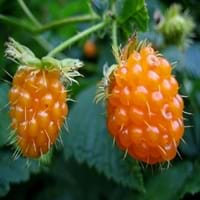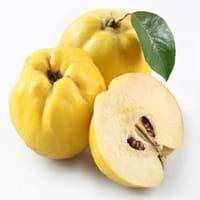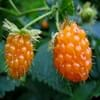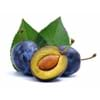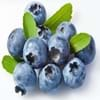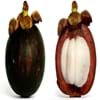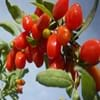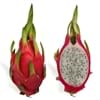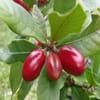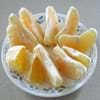Health Benefits
Cancer prevention, Improves stomach health, Weight loss properties
Cancer prevention, Cures gastro-intestinal troubles, Reduces nervous tension, Ulcer prevention
General Benefits
Anti oxidant properties, Digestive aid, Eye care, Healing of wounds, Improves eye vision, Maintains healthy cholesterol level, Strengthens bones
Anti oxidant properties, Anti-inflammatory properties, Boosts immune system, Controls blood pressure, Digestive aid, Eye care, Helps in weight loss, Improves blood circulation, Maintains healthy cholesterol level
Skin Benefits
Anti-aging benefits, Reduces wrinkles
Anti-aging benefits, Reduces wrinkles
Hair Benefits
Protects hair, Regulates hair growth
Regulates hair growth
Allergy Symptoms
Abdominal pains, Itching, Swelling of mouth, tongue or lips
NA
Side Effects
Allergic reaction
Allergic reaction
Best Time to Eat
Best if taken as a breakfast (or empty stomach), As a snack in the late afternoon, Don't eat after meal, Morning time (before lunch)
As a snack in the late afternoon, Don't consume at night and before bed, Eat the fresh ones, avoid mixing with any other foods, don't eat after meal., Morning time (before lunch)
Vitamin B5 (Pantothenic Acid)
Vitamin C (Ascorbic Acid)
Vitamin E (Tocopherole)
Not Available
Vitamin K (Phyllochinone)
Not Available
Calories in Fresh Fruit with Peel
Calories in Fresh Fruit without Peel
Not Available
Not Available
Calories in Frozen Form
Not Available
Not Available
Calories in Dried Form
Not Available
Calories in Canned Form
Not Available
Not Available
Season
All seasons
Winter
Varieties
Golden ruby and Olympic Double
Meech’s Prolific, Lusitanica, Champion and Vranja AGM
Color
Pink, Pink red, Salmon, Salmon yellow
Green, Yellow
Origin
North America
Iran, South-West Asia, Turkey
Soil Type
Loam
Loam, Well-drained
Climatic Conditions
Moist
Warm
Facts about
- The name salmon berry is due of the resemblance with 'salmon roe'.
- In 1 kg of fruit, there are total 315,250 seeds.
- Salmon berry tree leaves act as an excellent replacement for tea.
- Due to its strong & fruity aroma, brides consumed quince to ensure "perfumed lips".
- It is also called as ‘Pear of Cydonia’, being native to Caucasus and Iran.
- They call it as the ‘golden apple’ of Greek Mythology.
Spirits
Not Available
Yes
Cocktails
Not Available
Yes
Top Producer
United States of America
Turkey
Other Countries
Canada, Mexico
Algeria, Argentina, Azerbaijan, China, Iran, Morocco, Serbia, Spain, Uzbekistan
Top Importer
Not Available
United States of America
Top Exporter
Not Available
Argentina
Botanical Name
Rubus spectabilis
Cydonia oblonga
Synonym
Not Available
C. vulgaris
Subkingdom
Tracheobionta
Tracheobionta
Division
Magnoliophyta
Magnoliophyta
Class
Magnoliopsida
Magnoliopsida
Species
R. spectabilis
C. oblonga
Generic Group
Not Available
Rose
Difference Between Salmonberry and Quince
We might think that Salmonberry and Quince are similar with respect to nutritional value and health benefits. But the nutrient content of both fruits is different. Salmonberry and Quince Facts such as their taste, shape, color, and size are also distinct. The difference between Salmonberry and Quince is explained here.
The amount of calories in 100 gm of fresh Salmonberry and Quince with peel is 47.00 kcal and 57.00 kcal and the amount of calories without peel is Not Available and Not Available respectively. Thus, Salmonberry and Quince belong to and category.These fruits might or might not differ with respect to their scientific classification. The order of Salmonberry and Quince is Rosales and Rosales respectively. Salmonberry belongs to Rosaceae family and Quince belongs to Rosaceae family. Salmonberry belongs to Rubus genus of R. spectabilis species and Quince belongs to Cydonia genus of C. oblonga species. Beings plants, both fruits belong to Plantae Kingdom.
